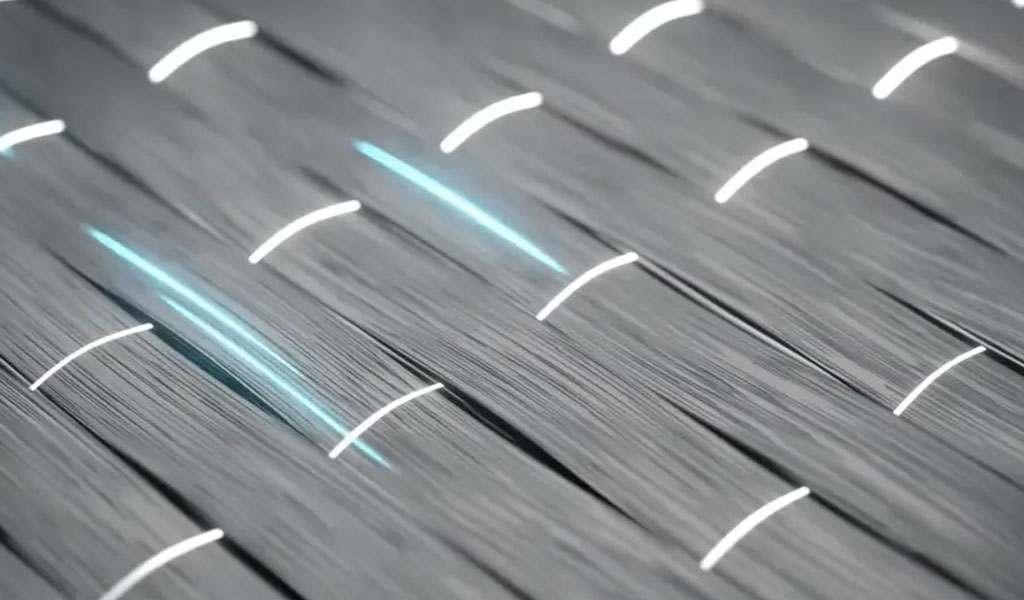
Carbon fiber is a composite material composed of carbon fiber bundles that is lightweight, high-strength and high-stiffness. It is widely used in aerospace, automobiles, medical equipment and other fields. The production process of carbon fiber is the key to achieving these excellent properties.Carbon fiber is a fibrous carbon material with a carbon content of more than 90%. Because carbon fiber has good tensile strength and elastic modulus, excellent strength, modulus, density, corrosion resistance, fatigue resistance, etc. Materials have a wide range of applications in military, aerospace, transportation, medical equipment, industrial equipment and other fields, and have become one of the hottest composite materials.
Because the carbonization yield of PAN-based carbon fiber can reach 45%, which is higher than that of other raw materials, and the industrial process is simple and easy to operate, the conditions are easy to control, and the cnc machining cost is relatively low, especially its mechanical properties, such as mild tensile strength , the elastic modulus is very good, and it has become the most widely used carbon fiber in current production.
The production process of carbon fiber can be divided into three main steps: raw material preparation, spinning and heat treatment.
Production process of PAN-based carbon fiber
The first is raw material preparation. The main raw material of carbon fiber is polyacrylonitrile fiber (PAN fiber).
- 1. Spinning: Polyacrylonitrile is made of 15% spinning solution with water solvent. The water solvent is generally sodium thiocyanate or nitric acid, dimethyl sulfoxide, etc. After wet spinning or dry jet spinning, etc. The silk process can be used to obtain PAN raw silk. The obtained PAN raw silk is woven into a cloth in a weft loom, and then sent to a pre-oxidation processor for pre-oxidation treatment.
- 2. Pre-oxidation treatment: The pre-oxidation treatment is carried out in two stages. The polyacrylonitrile fiber cloth is first subjected to oxidation treatment with air under the condition that the catalyst exists at 200~220 °C and tension state for 10~30min, and then at 220~220~ Continue to oxidize for 30~100min under the condition of 330℃ and tension state, so that the color of the fiber gradually changes from white to yellow, and finally becomes copper-brown. The exhaust gas generated in the pre-oxidation treatment is discharged from the treatment device, and the treated fibers are sent to the carbonization processor for carbonization treatment.
- 3. Carbonization treatment: The carbonization process is carried out under the protection of pure nitrogen flow , and is converted into carbon fibers with a turbostratic structure after low temperature carbonization and high temperature carbonization . The nitrogen-hydrogen decomposition gas and the carbonized decomposition gas generated in the carbonization process are successively discharged from the carbonization treatment device, and the carbonized fibers are sent to the graphite processor for machining.
- 4. Graphitization treatment: During graphitization treatment, carbon tube furnace is used for intermittent production. Electric current can also be used to pass through the fiber, and the electrical conductivity of the fiber itself can be used to generate heat for continuous treatment. The graphitization process is carried out under the protection of inert gas , and the graphitization is drawn under the high heat treatment temperature of 2000~3000℃.
PAN fiber is a synthetic fiber with good tensile strength and heat resistance. In the process of preparing carbon fiber, PAN fiber undergoes processing steps such as pre-oxidation, carbonization and graphitization, and is finally transformed into pure carbon fiber.
Spinning Process
Next comes the spinning process. Spinning is a key step in converting PAN fibers into carbon fibers. First, the PAN fiber is soaked in a solvent to make it soft. The PAN fibers are then drawn into filaments by rotating and stretching them. During the stretching process, the solvent gradually evaporates, making the fiber more compact and uniform. Finally, the fibers are wound and dried to obtain continuous carbon fiber bundles.
Heat Treatment Process
The last step is the heat treatment process. Heat treatment is a key step in achieving excellent properties of carbon fiber. First, the carbon fiber bundle is placed in a high-temperature furnace for carbonization. During the carbonization process, non-carbon elements (mainly oxygen, nitrogen and hydrogen) in the fiber are released by heating, thereby increasing the carbon content of the fiber and enhancing the crystallinity and strength of the fiber. Then, the carbonized fibers are graphitized. During the graphitization process, heating again makes the internal structure of the fiber more orderly and improves the thermal conductivity and tensile strength of the fiber.
In addition to the above three main steps, the carbon fiber production process also includes fiber surface treatment and subsequent processing. Surface treatment of fibers can increase the adhesion between fibers and resin and improve the overall performance of composite materials. The subsequent processing technology includes cutting, weaving, pressing and other steps to make carbon fiber into parts of various shapes and structures to meet the needs of different fields.
To sum up, the production process of carbon fiber is a complex and delicate process. Through raw material preparation, spinning, heat treatment and subsequent surface treatment and processing technology, carbon fiber materials with excellent properties can be obtained. This material has broad application prospects and will play an important role in future technological development.
The carbon fiber obtained by graphitization treatment is subjected to non-damage inspection and then sent to the epoxy resin treatment bath for solution infiltration treatment with dilute epoxy resin, so that the obtained unidirectional non-weft carbon fiber cloth has good lateral adhesion and is easy to operate during use. The treated non-weft fabric enters the solvent dryer to evaporate the solvent, and then passes the non-damage inspection to obtain the finished carbon fiber.
China Rapid Prototype Be-Cu Technology Co., Ltd. has ten years of rich experience in the carbon fiber field, mainly engaged in the production and machining of carbon fiber sheets, pipes, and products. Be-cu has a complete carbon fiber product production line, manufacturing Every link in the technological process is strictly controlled, and the carbon fiber materials and products produced, whether in performance or appearance, can stand the test of customers and have been well received by customers.
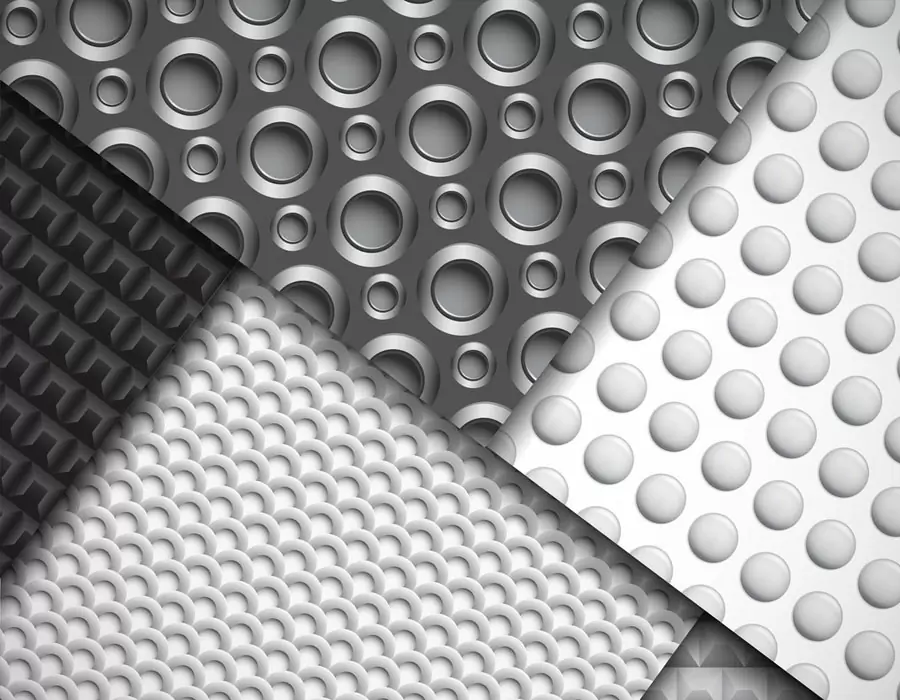
ISO 9001 certified. BE-CU Prototype Offering CNC machining carbon fiber and other manufacturing services for carbon fiber marterial. Various capabilities include notching, labeling, drilling carbon fiber, grinding, laser cutting carbon fiber, finishing, plating, marking, CNC milling carbon fiber and turning carbon fiber.We stock high quality 3k carbon fiber sheet in a variety of thickness, types and finish. Its a great material used in applications where light weight and strength are needed such as drones. Unlike other workshops, we have no min order and are often filling orders with a single part. We also don’t make you pay for the full sheet and you only get charged for what is used. With a large selection of material, you should find everything you need to make your project come to life. We are also able to handle larger production runs and provide a competitive pricing. If we don’t have the material or finish you require, we are more the willing to look at bringing it in for you.
What Is Carbon Fiber?Carbon fiber is made of polyacrylonitrile (PAN) (or pitch, viscose) and other organic fibers by carbonization (removal of most elements except carbon) by pyrolysis method under inert gas at high temperature above 1,000 °C. Inorganic polymer fibers with a carbon content of more than 90%.
-

3D Printing Continuous Fibres
-

3D Printing Short Fibre Filled Wires
-
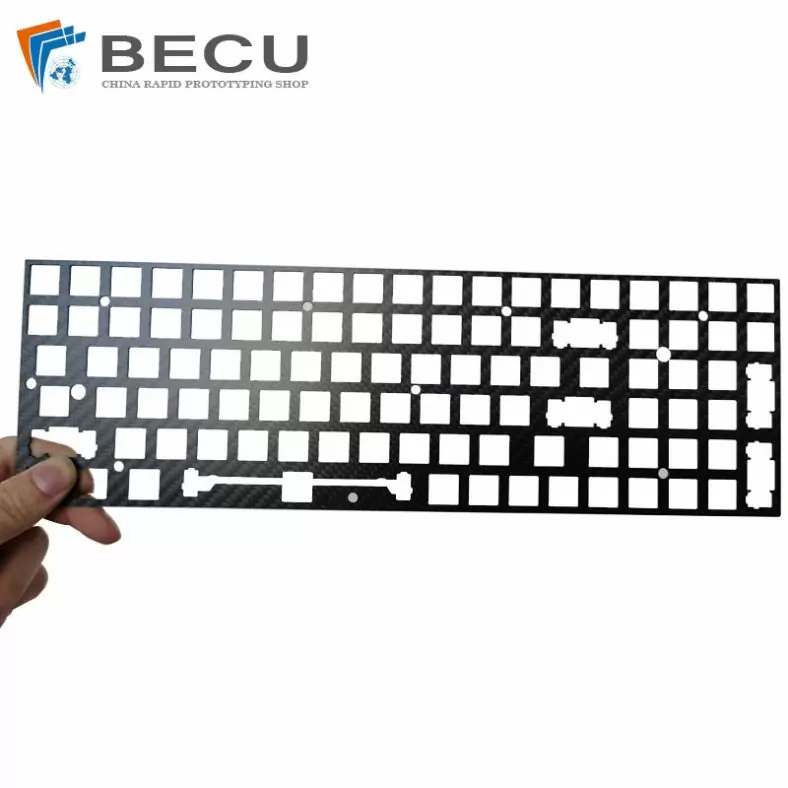
Laser Cutting Carbon Fiber Positioning Keyboard
-

Cnc Turning Industrial Copper-Aluminum Clad Carbon Fiber Machinery Parts
-
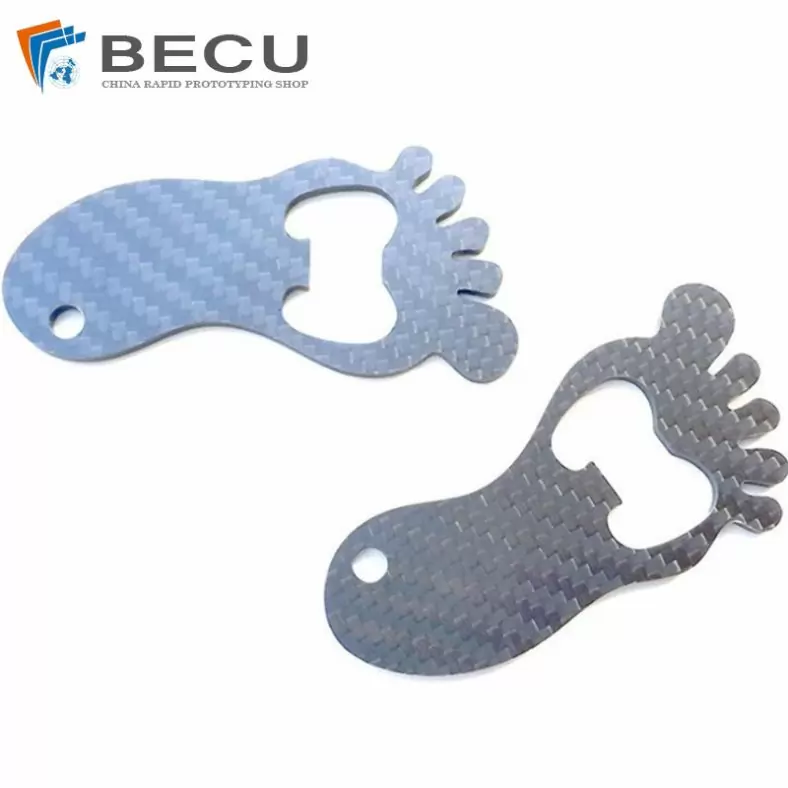
Carbon Fiber Luggage Tag Ornaments
-
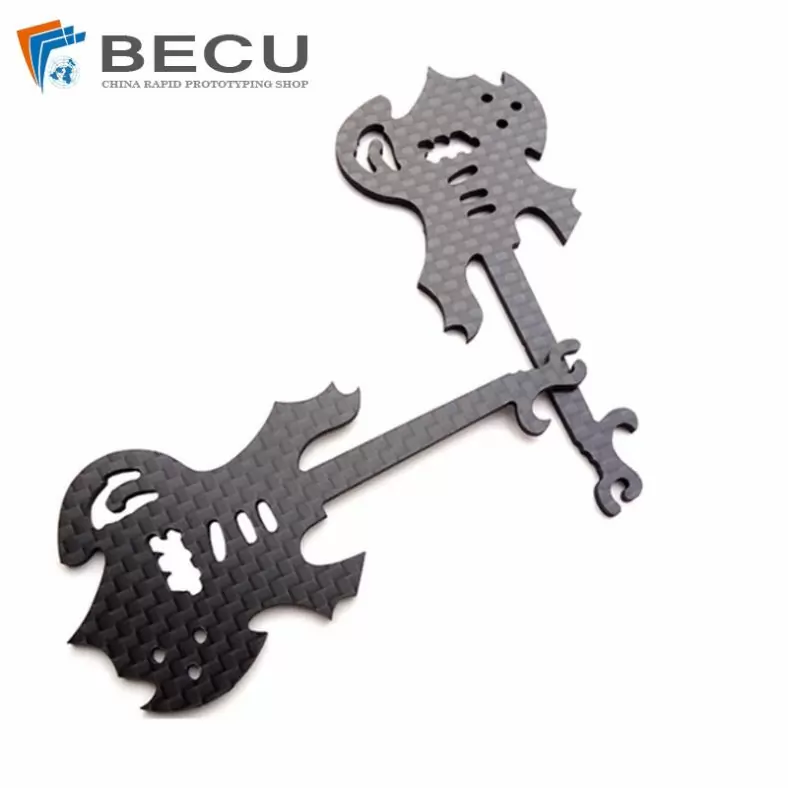
Laser Cutting Carbon Fiber Guitar Shape Crafts
-
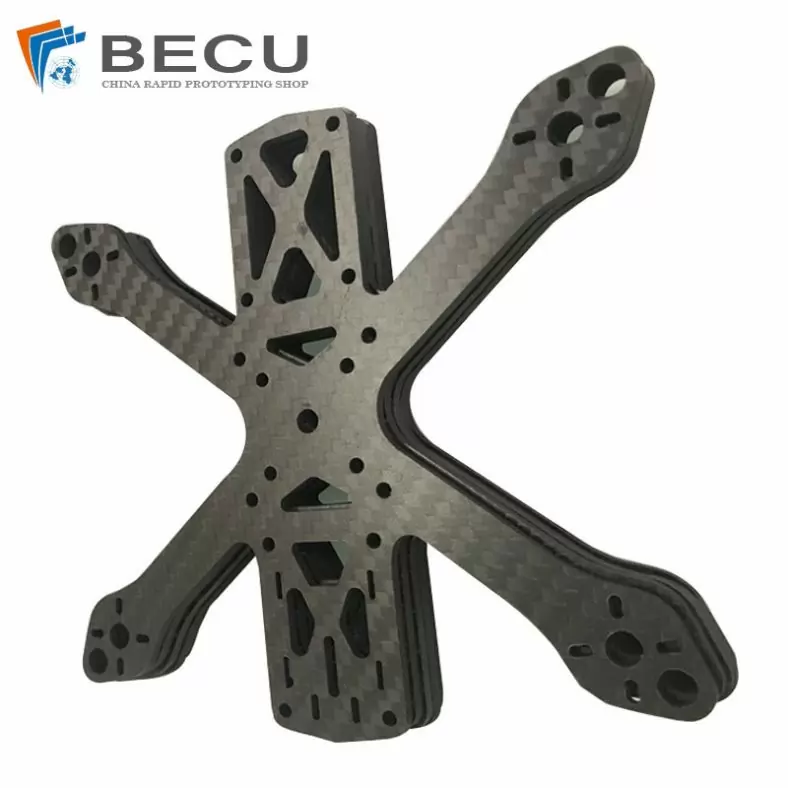
Laser Cutting Carbon Fiber Drone Rack
-
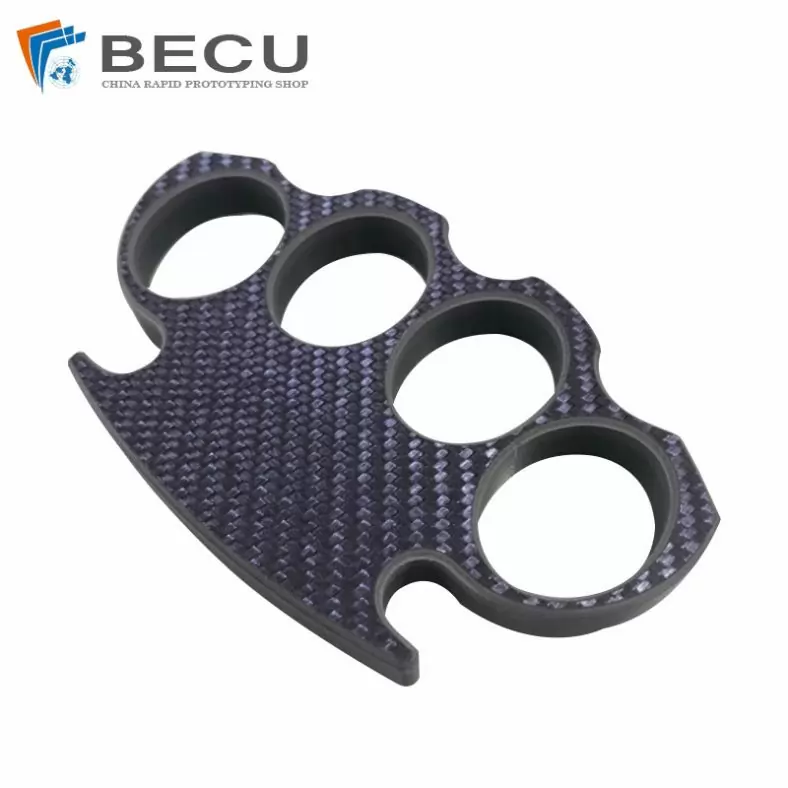
Cnc Milling Carbon Fiber Finger Buckle
